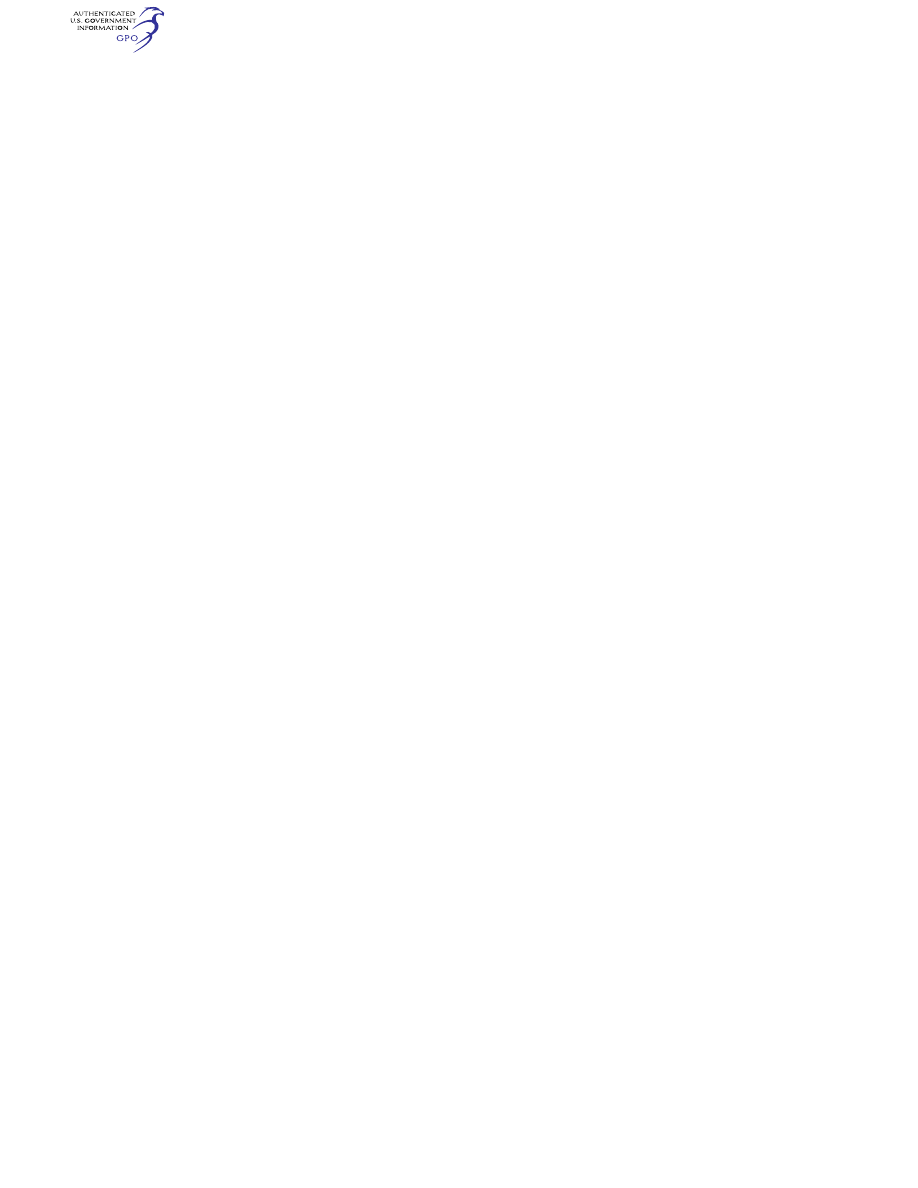
497
Federal Aviation Administration, DOT
§ 135.351
air turbulence), icing, hail, and other
potentially hazardous meteorological
conditions; and
(iv) Operating airplanes during
ground icing conditions, (
i.e.
, any time
conditions are such that frost, ice, or
snow may reasonably be expected to
adhere to the airplane), if the certifi-
cate holder expects to authorize take-
offs in ground icing conditions, includ-
ing:
(A) The use of holdover times when
using deicing/anti-icing fluids;
(B) Airplane deicing/anti-icing proce-
dures, including inspection and check
procedures and responsibilities;
(C) Communications;
(D) Airplane surface contamination
(
i.e.
, adherence of frost, ice, or snow)
and critical area identification, and
knowledge of how contamination ad-
versely affects airplane performance
and flight characteristics;
(E) Types and characteristics of deic-
ing/anti-icing fluids, if used by the cer-
tificate holder;
(F) Cold weather preflight inspection
procedures;
(G) Techniques for recognizing con-
tamination on the airplane;
(7) Operating limitations;
(8) Fuel consumption and cruise con-
trol;
(9) Flight planning;
(10) Each normal and emergency pro-
cedure; and
(11) The approved Aircraft Flight
Manual, or equivalent.
[Doc. No. 16097, 43 FR 46783, Oct. 10, 1978, as
amended by Amdt. 135–27, 53 FR 37697, Sept.
27, 1988; Amdt. 135–46, 58 FR 69630, Dec. 30,
1993; Amdt. 135–108, 72 FR 1885, Jan. 16, 2007;
Amdt. 135–110, 72 FR 31685, June 7, 2007;
Amdt. 135–112, 73 FR 8798, Feb. 15, 2008]
§ 135.347 Pilots: Initial, transition, up-
grade, and differences flight train-
ing.
(a) Initial, transition, upgrade, and
differences training for pilots must in-
clude flight and practice in each of the
maneuvers and procedures in the ap-
proved training program curriculum.
(b) The maneuvers and procedures re-
quired by paragraph (a) of this section
must be performed in flight, except to
the extent that certain maneuvers and
procedures may be performed in an air-
craft simulator, or an appropriate
training device, as allowed by this sub-
part.
(c) If the certificate holder’s ap-
proved training program includes a
course of training using an aircraft
simulator or other training device,
each pilot must successfully com-
plete—
(1) Training and practice in the simu-
lator or training device in at least the
maneuvers and procedures in this sub-
part that are capable of being per-
formed in the aircraft simulator or
training device; and
(2) A flight check in the aircraft or a
check in the simulator or training de-
vice to the level of proficiency of a
pilot in command or second in com-
mand, as applicable, in at least the ma-
neuvers and procedures that are capa-
ble of being performed in an aircraft
simulator or training device.
§ 135.349 Flight attendants: Initial and
transition ground training.
Initial and transition ground train-
ing for flight attendants must include
instruction in at least the following—
(a) General subjects—
(1) The authority of the pilot in com-
mand; and
(2) Passenger handling, including pro-
cedures to be followed in handling de-
ranged persons or other persons whose
conduct might jeopardize safety.
(b) For each aircraft type—
(1) A general description of the air-
craft emphasizing physical characteris-
tics that may have a bearing on ditch-
ing, evacuation, and inflight emer-
gency procedures and on other related
duties;
(2) The use of both the public address
system and the means of commu-
nicating with other flight crew-
members, including emergency means
in the case of attempted hijacking or
other unusual situations; and
(3) Proper use of electrical galley
equipment and the controls for cabin
heat and ventilation.
§ 135.351 Recurrent training.
(a) Each certificate holder must en-
sure that each crewmember receives
recurrent training and is adequately
trained and currently proficient for the
type aircraft and crewmember position
involved.